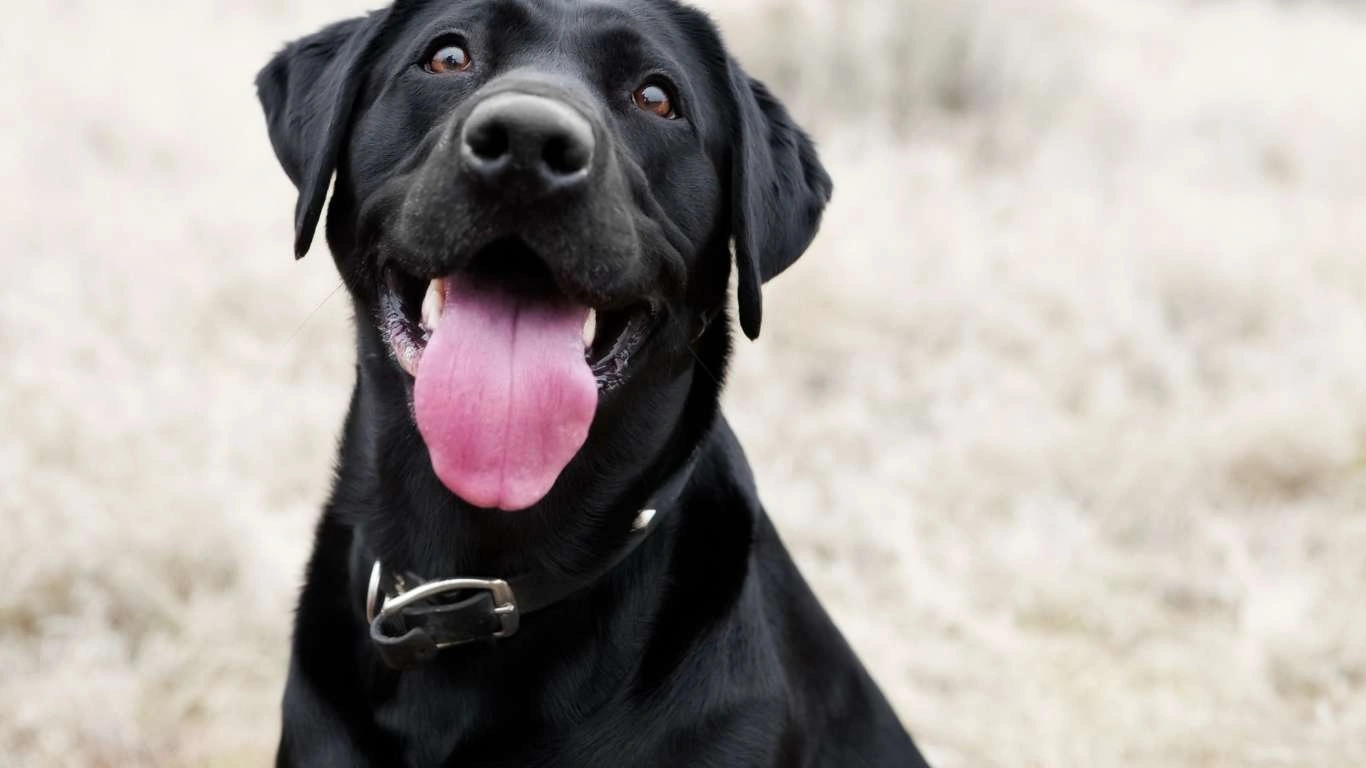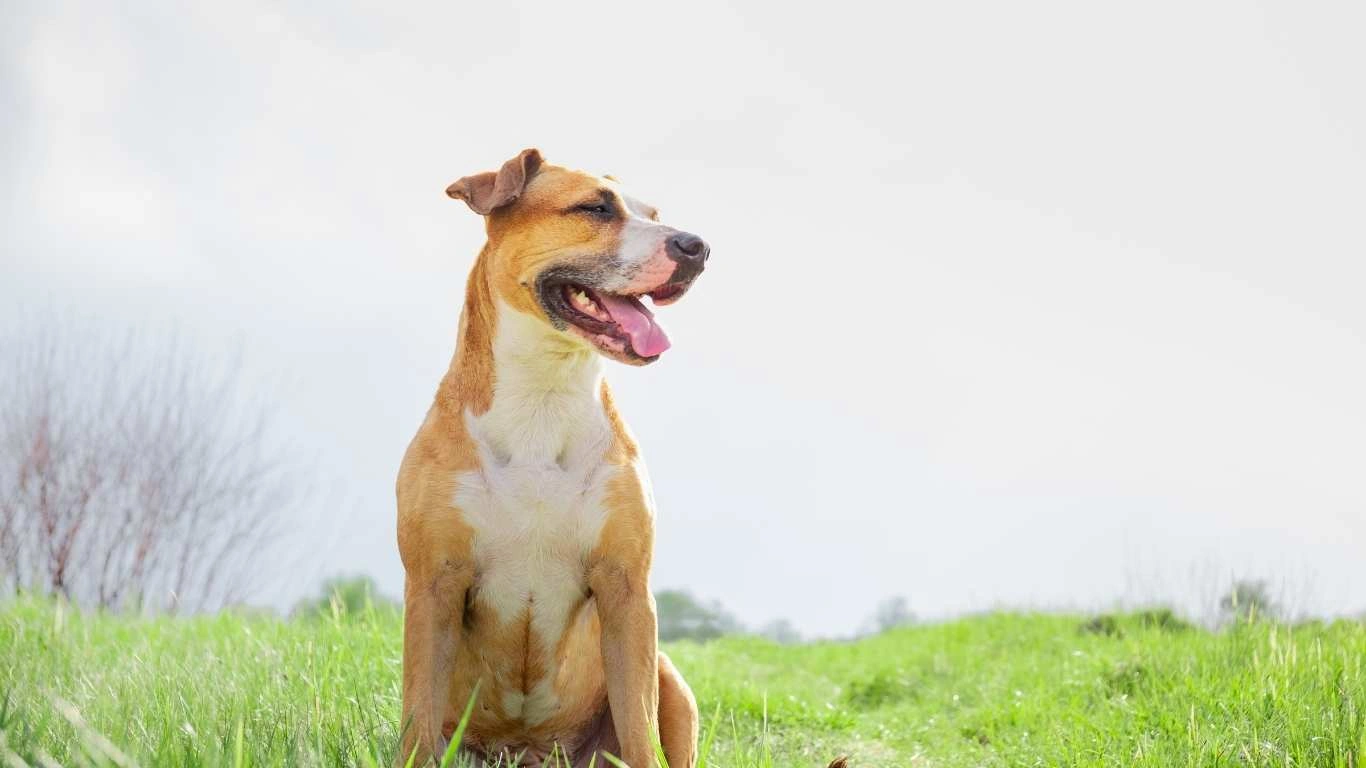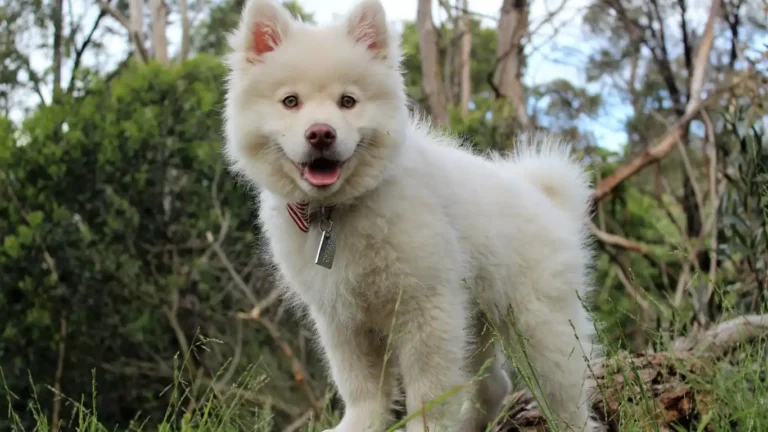Best dog nutrition plan for winter to keep pets healthy
When winter rolls around, I always find myself double-checking the menu for my dog patients and my own two senior pups at home. It’s not just about keeping them warm with sweaters and cozy beds—nutrition plays a huge role in their overall winter health. If you’re wondering what the best dog nutrition plan for winter looks like, you’re in the right place. Whether you’re a new dog parent or a seasoned pet lover, understanding how cold weather affects your dog’s diet is key to keeping them healthy and happy during the chilly months. Based on my years working as an Animal Care Specialist at both shelters and clinics, I’ve seen firsthand how small changes in diet can lead to big improvements in energy levels, coat health, and immune resilience.
Why Winter Changes Your Dog’s Nutritional Needs

Think of your dog’s body like a little furnace. During colder months, that furnace has to work overtime to keep their body temperature up, especially for short-haired breeds or seniors. That means they burn more calories. But here’s the kicker—not all dogs need more food. Some are less active in winter and may actually need fewer calories to prevent weight gain. Tailoring their meals is more about quality than quantity.
Boosting Calories Without Junk
For pups who are out romping in the snow every day or working dogs, increasing calories can be necessary. But you want to do it smartly. Instead of filling the bowl with more kibble, try:
- Adding healthy fats: A spoon of salmon oil or coconut oil goes a long way.
- Lean proteins: Chicken, turkey, or even some boiled eggs can boost energy without extra carbs.
- Warming whole foods: Bone broth is my go-to during cold snaps—it’s hydrating and comforting.
The Role of Hydration During Cold Months

One thing that often gets overlooked in winter is water intake. A lot of pet parents assume their dog isn’t as thirsty when it’s cold. Truth is, indoor heating can dry them out faster than you think. Dehydration can lead to urinary issues and even affect their digestion. I always tell pet owners to check their dog’s bowl more frequently in the winter, and if your pup’s not drinking enough, adding moisture-rich food or warming up their water a bit can help.
Hydration Boosters You Can Add Today
- Low-sodium broth over dry kibble.
- Wet dog food (or a mix of dry and wet).
- Water-rich veggies like cucumber or zucchini (yes, dogs can eat those!).
Immune Support: Your Dog’s Winter Armor

When I worked at the shelter, we saw a big spike in respiratory infections during the colder months. That’s why supporting your dog’s immune system through diet is so important. Nutrients like omega-3s, antioxidants, and vitamin E can really help your dog fight off seasonal bugs. Personally, I always recommend a probiotic during winter months too—it keeps the gut in balance, which plays a huge part in immune defense.
Simple Immunity-Boosting Additions
- Blueberries or pumpkin puree for antioxidants and fiber.
- Plain Greek yogurt for probiotics.
- Sweet potatoes for a beta-carotene and energy boost.
Winter nutrition isn’t just about feeding more—it’s about feeding smarter. With a little tweaking, your dog’s diet can be the shield they need against the cold and all the seasonal woes that come with it. Trust me, your pup will thank you with a wagging tail, bright eyes, and a healthier coat.
Adapting Meal Schedules for Cold Weather

One thing that often surprises pet parents is how much timing matters when feeding dogs during the winter months. Back when I worked at a pet clinic in the Midwest, we used to advise clients to tweak their dog’s meal schedule just a bit when the temperature dropped. Why? Because just like us, dogs burn more energy during colder parts of the day, especially if they’re outside in the mornings or evenings.
I’ve found that feeding a slightly larger breakfast or an energizing late afternoon meal helps dogs maintain their energy and body heat through the chilliest hours. Plus, spacing meals out a bit more can support better digestion, which tends to slow down a little during winter (especially in older dogs).
Sample Winter Feeding Schedule
- Morning (7-8am): A hearty, protein-rich meal to fuel the day.
- Midday snack (optional): A warm broth or treat after outdoor play.
- Evening (5-6pm): A lighter meal with easy-to-digest carbs and fats.
Understanding Your Dog’s Winter Body Language

Okay, so this one might not seem like it fits under “nutrition,” but hear me out—your dog’s body language tells you a LOT about how their diet is working for them. One winter, I was fostering a shy border collie who refused to eat her usual kibble once the temperature dropped. After watching her for a few days—curling up tighter, getting sluggish, her coat getting dull—I realized she needed more warmth and variety in her meals. Once I added some warm chicken broth and sweet potato mash to her bowl, her energy bounced back almost immediately.
The key is to observe and adjust. If your dog seems extra lethargic, gains or loses weight rapidly, or suddenly starts skipping meals, it could be a sign that their nutrition plan needs a seasonal tune-up.
Winter Red Flags to Watch For
- Dry or flaky skin
- Dull or thinning coat
- Increased hunger or begging
- Less interest in food or picky behavior
These are all indicators I’ve learned to spot quickly, both in the clinic and at home, and they often mean the diet needs a little love.
Tailoring Nutrition for Different Dog Types

Let’s be real—what works for your neighbor’s husky might not work for your dachshund. In the clinic, I always emphasized breed-specific and age-specific needs when building a winter nutrition plan. Some dogs are built for cold. Others? Not so much. Here’s a breakdown of how I like to personalize nutrition by dog type:
For Small Breeds
Smaller dogs have faster metabolisms and lose body heat more quickly. They benefit from calorie-dense, high-fat meals in the winter. Don’t go overboard, though—watch the portion size to avoid weight gain.
For Large Breeds
Larger dogs often suffer from joint stiffness in winter. I like to recommend joint-supporting nutrients like glucosamine, chondroitin, and fish oil to keep them comfortable and mobile.
For Seniors
Older dogs are more prone to dry skin and weakened immune systems during winter. I usually bump up omega-3s and add a multivitamin or gentle supplement to support digestion and joint health.
For Puppies
Pups are growing fast and burning energy like crazy. I’ve had clients come in panicked about their puppy eating “so much” in winter—it’s totally normal! Just make sure you’re feeding a growth-specific diet that’s formulated with high-quality proteins and fats.
Natural Supplements That Actually Work
I get asked a lot—“Do supplements really help, or is it just hype?” From what I’ve seen, when chosen carefully, natural supplements can make a big difference in a dog’s winter health. The trick is avoiding junky, filler-heavy brands. Stick with vet-recommended products or ones with minimal, transparent ingredients.
My Go-To Winter Supplements
- Fish oil: For coat health and inflammation
- Probiotics: For gut and immune support
- Vitamin E & Zinc: For skin hydration and healing
- Glucosamine/Chondroitin: For aging joints
When I added a high-quality fish oil to my senior lab’s food last year, his dry patches disappeared, and his coat went from dull to glossy within weeks. It’s little changes like that which really drive home how much of an impact nutrition has, especially in cold weather.
Practical Tips to Keep Your Dog’s Winter Nutrition on Track

Alright, so you’ve got a good handle on the basics of the best dog nutrition plan for winter. But let’s get real for a second: life gets busy, and it’s easy to slip up on meal prep or overlook little signs your dog needs a tweak in their diet. From my experience working alongside vets and caring for shelter dogs, I’ve picked up some handy hacks that make winter nutrition manageable and effective.
1. Prep Meals Ahead of Time
When I was managing shelter feeding schedules, prepping meals in bulk saved so much time and stress, especially during busy winter days. Cooking up a big batch of lean meat, steamed veggies, and a bit of whole grains can be portioned out and frozen in meal-sized containers. When you’re tired after a chilly walk, you can just thaw and serve.
2. Keep Treats Nutritious
Treats are a huge part of dog happiness, but winter is not the time to hand out high-carb, sugary snacks. Instead, go for options like freeze-dried liver, small bits of cooked chicken, or even carrots. They’ll reward your pup without derailing their nutrition.
3. Regular Weight Checks
Winter coats can hide weight changes, so it’s easy to miss if your dog is gaining or losing pounds. I always recommend monthly weigh-ins, either at home if you have a scale or during vet visits. That way, you can adjust food amounts before problems arise.
How Environment Affects Nutrition Needs

Not all winters are created equal. Dogs living in super cold climates versus milder ones will have different nutritional needs. Plus, dogs who stay indoors most of the day don’t need the same calorie boost as those who spend hours outside digging in the snow or helping on a farm.
I remember one client who moved from a mild coastal town to a snowy mountain area. Her golden retriever needed nearly 20% more calories to keep his energy up and coat shiny. Meanwhile, my shelter dogs in urban areas who stayed mostly indoors actually needed fewer calories to avoid packing on winter weight.
Adjusting for Activity Level
Winter can be tough on some dogs’ motivation to move, which in turn affects how much food they actually need. I always say watch the activity first—if your dog is skipping walks or getting less playtime, consider cutting back on portions or switching to a lighter formula. On the flip side, working dogs or those who love snow romps deserve extra nutrition to match their output.
When to Consult Your Vet About Winter Nutrition
Even with the best plans, some dogs have unique needs or health issues that require professional guidance. Working closely with your vet or a certified pet nutritionist ensures your dog’s diet supports their overall wellness throughout the colder months.
Signs It’s Time for Expert Help
- Persistent digestive problems like diarrhea or constipation
- Sudden or unexplained weight changes
- Chronic skin issues or coat loss
- Behavioral changes like lethargy or anxiety around mealtime
In my experience, a quick chat with a vet can save weeks of trial and error. They can recommend blood work or tailor-made diets to address specific concerns, which is a total game changer.
Final Thoughts on Crafting the Best Dog Nutrition Plan for Winter
From my years working as an Animal Care Specialist, one thing stands out: winter nutrition isn’t just about surviving the cold—it’s about thriving through it. With thoughtful meal planning, a close eye on your dog’s body language, and the right supplements, you can help your furry friend stay warm, healthy, and full of life all season long.
Remember, every dog is unique, so the “best dog nutrition plan for winter” will look different from one pup to the next. Keep learning, observing, and adjusting, and you’ll both enjoy the winter months more than ever.
References
Disclaimer
This article is intended for informational purposes only and should not replace professional veterinary advice. Always consult your veterinarian before making significant changes to your dog’s diet or introducing new supplements, especially if your pet has underlying health conditions or special dietary needs.






